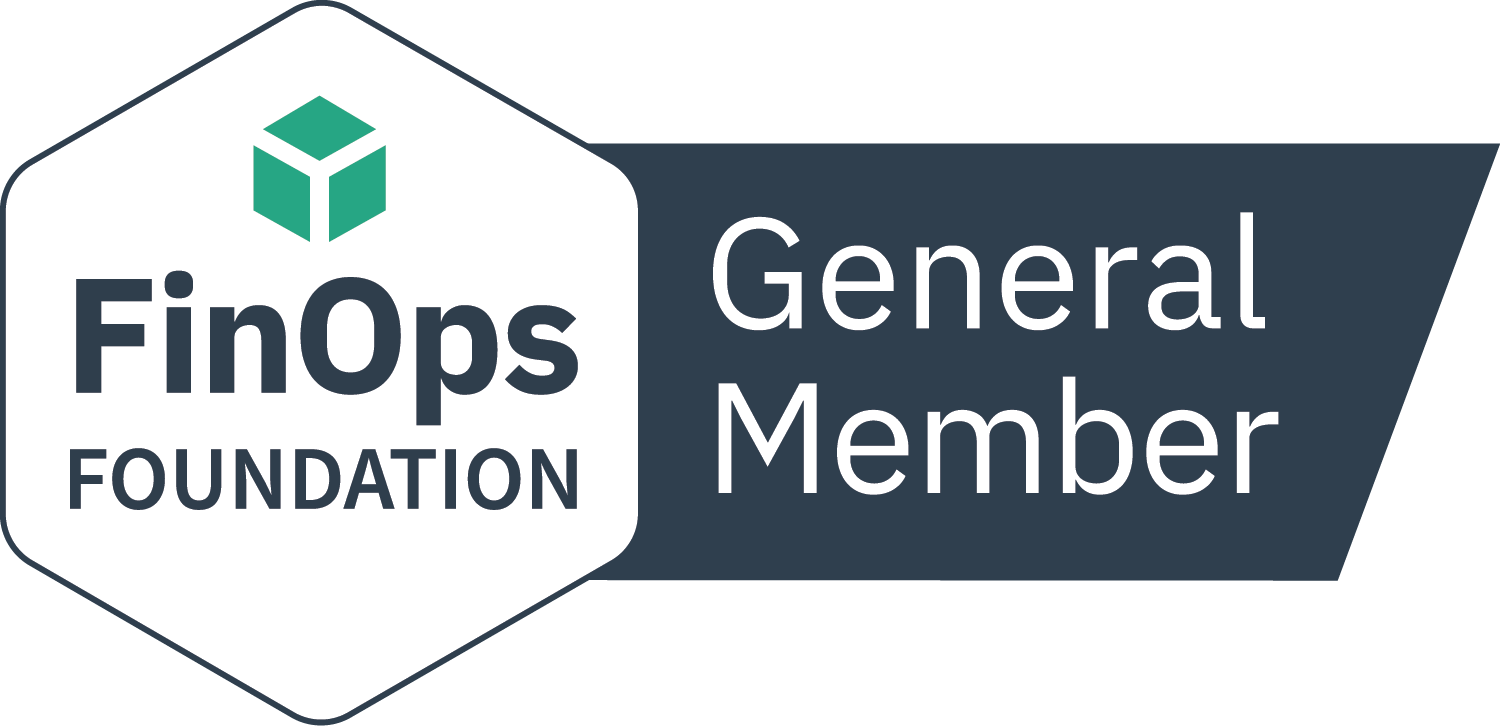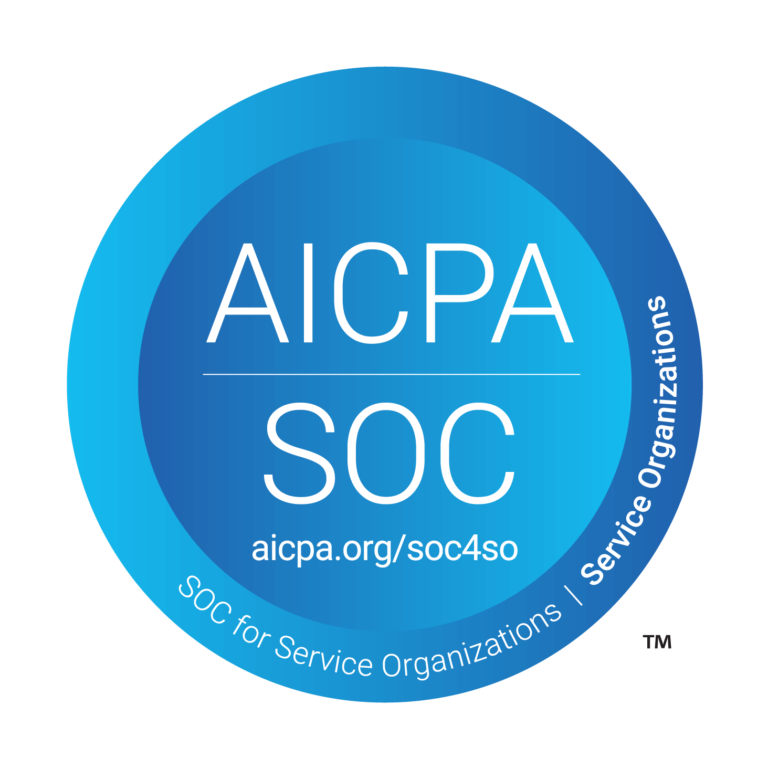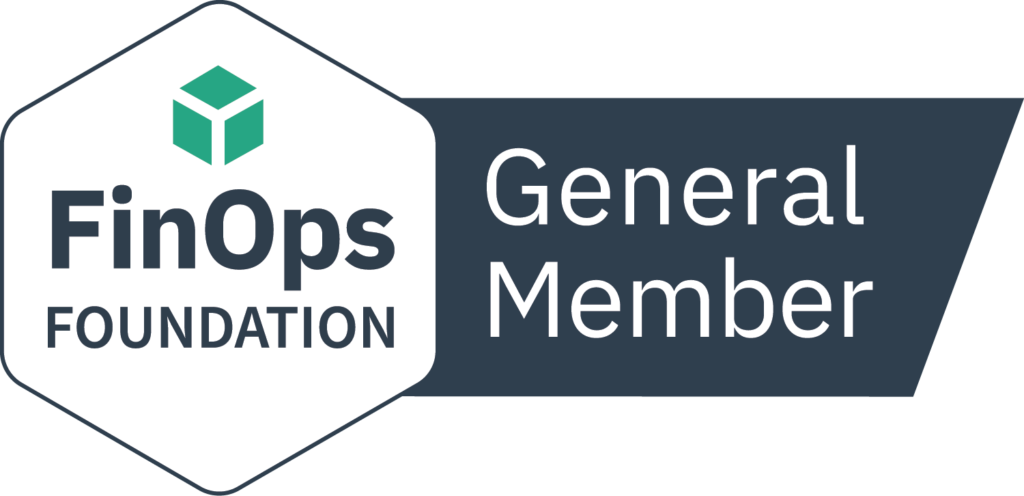Hybrid cloud has become the norm for many organizations, providing the ability to take advantage of the scalability and flexibility of public cloud while maintaining control and security of on-premises infrastructure.
However, with this comes a unique set of challenges, particularly in the area of financial management. Hybrid FinOps, or the management of costs for both on-premises and public cloud infrastructure, is essential for organizations looking to strike the right balance between cost and efficiency.
As more organizations adopt hybrid cloud, the need for Hybrid FinOps becomes increasingly critical. The on-premises infrastructure market is currently worth $200 billion and is growing at a rate of 5%. Despite this, it is estimated that 30-40% of on-premises infrastructure is wasted, presenting a significant opportunity for cost savings.
However, many organizations struggle to take advantage of this opportunity, often falling prey to the sunk cost fallacy. But as more CIOs and CTOs recognize the importance of Hybrid FinOps, this mindset is changing.
Hybrid FinOps can not only help organizations save money, but also drive greater business value. By utilizing spare capacity on on-premises infrastructure, organizations can train machine learning models, move back certain applications from public clouds, and more.
To optimize costs in a hybrid cloud environment, organizations should follow a six-step process:
1. Meter usage
Obtain real-time visibility into usage to understand where resources are being consumed and where there may be opportunities for optimization.
2. Watch utilization
Continuously monitor utilization to identify underutilized resources and areas of inefficiency.
3. Optimize
Use the data gathered in steps 1 and 2 to identify opportunities for cost optimization.
4. Build a cost model
Move away from quarterly excel-sheet based chargeback reports to real-time chargeback reports based on metered usage.
5. Migrate
Identify and migrate workloads which are VM-based, or Kubernetes based and are less dynamic to on-premises/private cloud to use the spare capacity.
6. Buy less
When it comes to the next refresh cycle, make sure to purchase only what is needed, based on the data gathered in previous steps.
In conclusion, Hybrid FinOps platform is a powerful tool that can help organizations balance costs and efficiency in a hybrid cloud environment. By optimizing costs in both on-premises and public cloud environments, organizations can save significant amounts of money while also improving resource utilization. With the right approach and tools, organizations can unlock the full potential of the hybrid cloud and drive greater business value.


